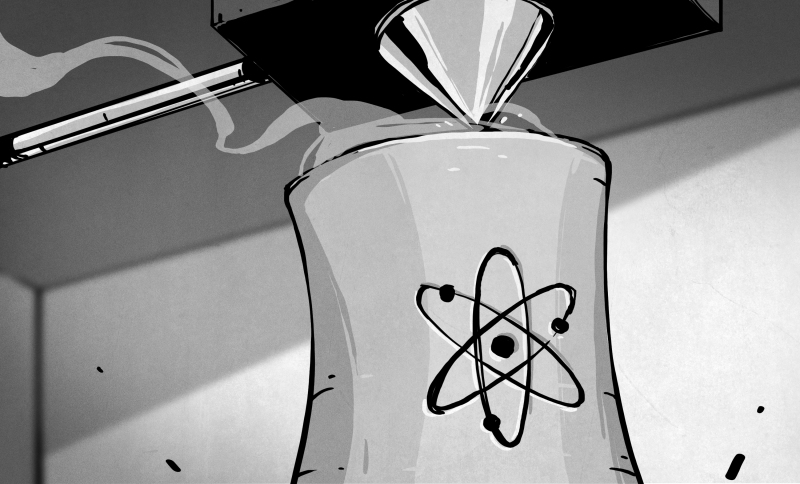Over the past decades, additive manufacturing (AM, also known as 3D printing) has become increasingly common in manufacturing processes. While immensely helpful in the prototyping of new products by allowing for rapid turn-around times between design and testing, these days additive manufacturing is used more and more often in the production of everything from small production runs of custom enclosures to hard to machine components for rocket engines.
.
The obvious advantage of additive manufacturing is that they use generic equipment and common materials as input, without requiring expensive molds as in the case of injection molding, or extensive, wasteful machining of raw materials on a lathe, mill, and similar equipment. All of the manufacturing gets reduced to a 3D model as input, one or more input materials, and the actual device that converts the 3D model into a physical component with very limited waste. In the nuclear power industry, […]
Case Study: How PepsiCo achieved 96% cost savings on tooling with 3D Printing Technology
Above: PepsiCo food, snack, and beverage product line-up/Source: PepsiCo PepsiCo turned to tooling with 3D printing...






























0 Comments